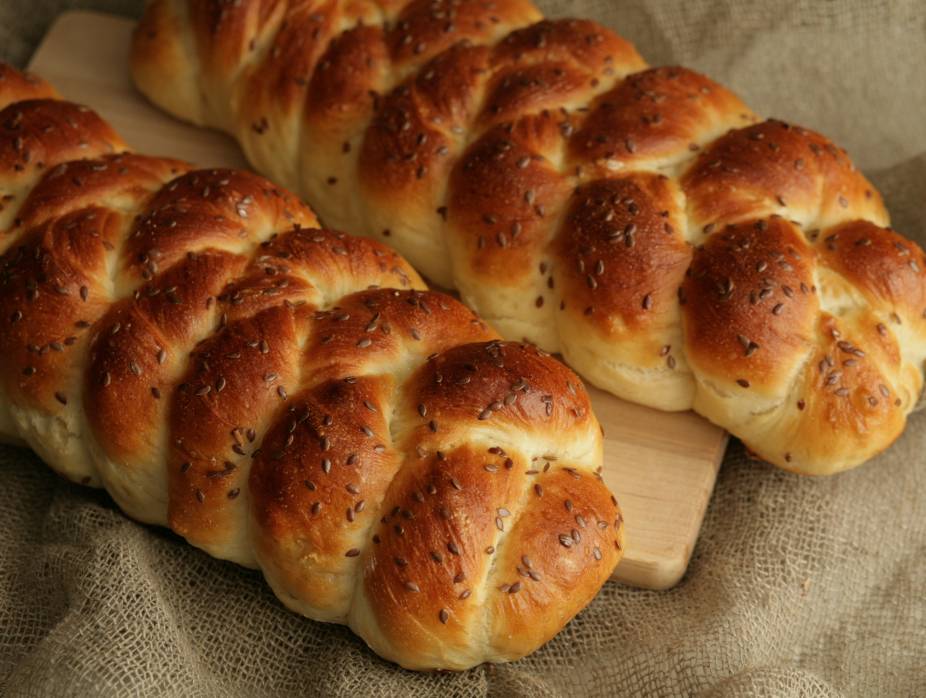For today’s article, we went to Zomick’s (see their baked goods) and spoke with the experts. We asked them an interesting question: Why do we burn up a little piece of dough when we make bread?
Zomick’s Challah experts gave us a detailed answer to this question. We will share the answer with you, so keep on reading.
“I know that “Taking Challah” sounds like the title of a bread-themed caper film. However, it’s a commandment from the Torah, which is still practiced in Jewish kitchens around the world,” says Moshe Elman, the Zomick’s Challah main baker.
He cited the mitzvah (Numbers 15:18-21).
God says to Moses:
Speak to the Israelite people and say to them: When you enter the land to which I am taking you and you eat of the bread of the land, you shall set some aside as a gift to the Lord: as the first yield of your baking, you shall set aside a loaf as a gift; you shall set it aside as a gift like a gift from the threshing floor. You shall make a gift to the Lord from the first yield of your baking, throughout the ages.
The Zomick’s Challah expert explains that, according to this mitzvah, when the people entered the land of Israel, a portion of dough had to be given to the kohanim by anyone who baked bread. Kohanim is the name of a priest who worked in the Temple. These priests functioned as public servants doing the Temple work, as well as Divine conduits. The dough was a part of their salary.
Although there is no Temple in Jerusalem today, the practice of “taking Challah” still exists. The difference is that, instead of bringing the dough to the kohanim, it is burned or disposed of respectfully.
Bakers working for Zomick’s Challah share the fact that there are a set of rules about when the Challah should be “taken”. According to the rules, it should be done, when making a large batch of dough, using over 10 cups of flour. It should be done when making any kind of bread, not only Challah. If more than 14 cups are used, there is a blessing that should be said before “taking Challah”.
The mitzvah of taking Challah has been traditionally associated with women. According to some, this is because women have typically been the ones in the kitchen. Others say that the relationship between women and taking Challah is related to the first Jewish woman, Sarah.
“In Genesis 18, Abraham welcomes the traveling angels, preparing a large feast for them. He instructs Sarah to bake the bread,” says Elman, who is an expert in baking Zomick’s Challah, one of the best Challahs in New York.
As he further explains, from the above-mentioned and from other passages, “taking Challah” is one of the three mitzvoth that is set aside specifically for women, along with lighting Shabbat candles, and observing the rules of menstrual purity. Elman also claims that there is no problem for the man who is baking to take Challah. The action of “taking Challah” for Zomick’s Challah, is performed mainly by male bakers, who use the traditional recipe to make this bread.
